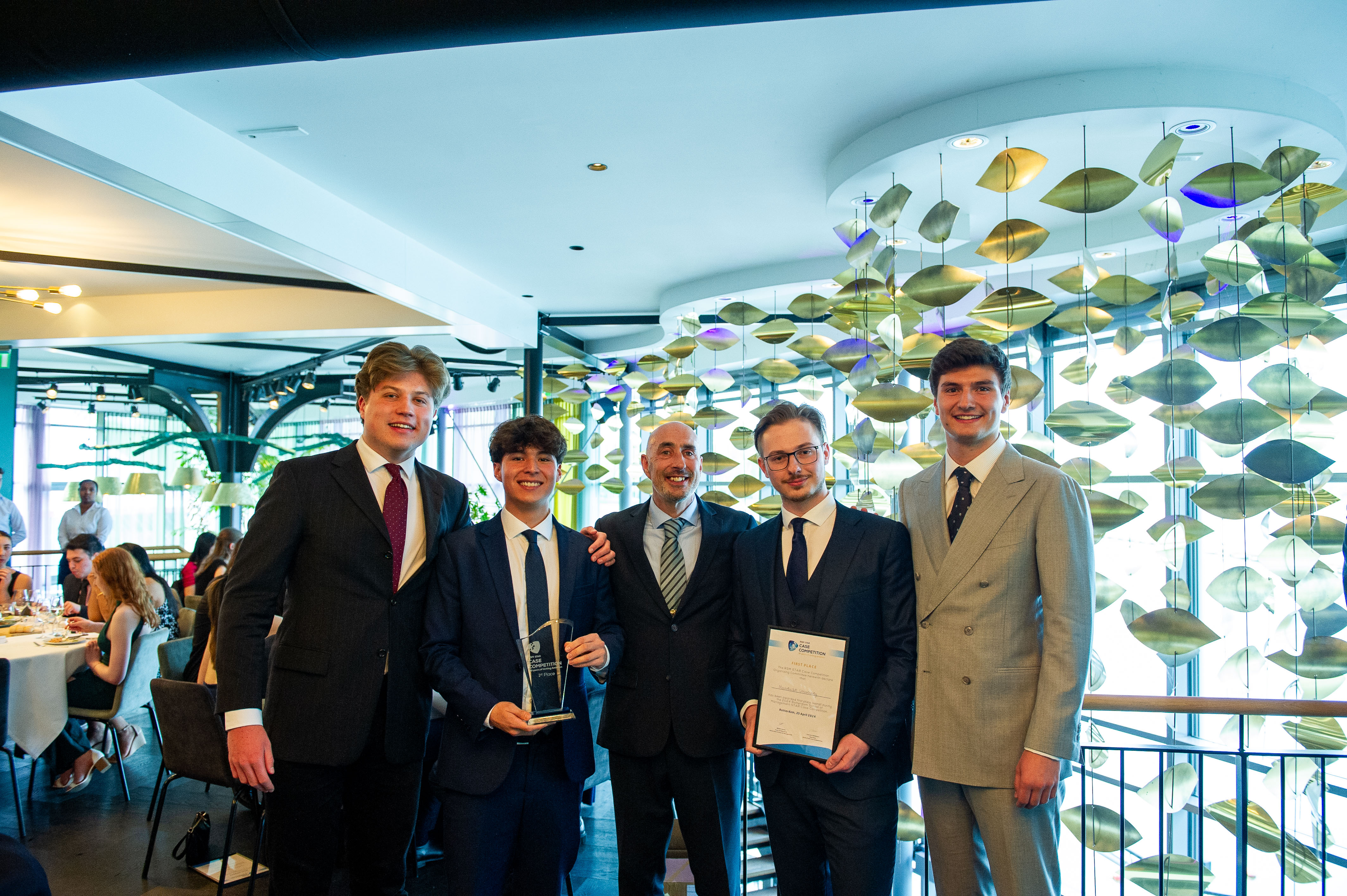What is there to gain from energy efficiency improvements?
The housing sector is undergoing a moment of transformation as countries face increasing pressure to meet their greenhouse emission reduction pledges for the upcoming decades, with numerous countries aiming to achieve near-zero emissions by 2050.
In Europe, renovating the building stock is a core part of the strategy to reduce emissions in the region because buildings are responsible for 40% of the EU's energy consumption and 36% of greenhouse gas emissions. The Renovation Wave program represents a significant public investment effort within the European Green Deal to double the annual energy renovation rate of residential and non-residential buildings by 2030 by injecting billions into the renovation of poorly performing buildings, resulting in the renovation of 35 million buildings by 2030.
Institutional landlords represent critical players in reaching the goals of the housing sector. In the EU, 30% of households live in rental apartments. While the energy economics literature has focused so far on the drivers that make homeowners invest in energy efficiency measures, there is almost no evidence about the barriers and drivers of adopting energy efficiency measures in the rental sector. In most situations in Europe, tenants have the right to vote against retrofits in their properties, hindering the adoption of energy efficiency measures in the rental sector. In the Netherlands alone, about 12% of retrofits are blocked due to the opposition of tenants, making understanding the preferences of tenants for retrofits key to achieving the retrofits targeted by the sector.
What are the key benefits of tenants associated with energy retrofits?
Monetary:
The financial gains from energy efficiency improvements can be substantial. For instance, a recent study looked into the energy savings from insulation improvements. The authors examined a sample of 2,351 Dutch households in the rental and owner-occupied segments where insulation was improved between 2010 and 2019. Up to ten years after the improvement, they observed the gas consumption of these households. They found a persistent reduction in the gas bill of around 20% for a period of 10 years.
A simple cost-benefit calculation on the economics of insulation investments indicates that, for an average household living in an average home, the yearly gas bill is reduced by €273, based on gas prices at the time of the investment. When they relate the yearly savings to the initial investment amount, they find that the payback period of such insulation measures is only 6.4 years on average, and the annual return is 15.5%. There are not many investments that yield such a high return given the risk, especially considering that energy prices have risen substantially; the return would be even more favorable.
Non-monetary:
In addition, home-energy retrofits have the potential to reduce the exposure of households to extreme temperatures and air pollution, two important threats to humans widely studied by environmental health literature. A recent IZA working paper evaluates the health impacts of the largest renovation wave in history. In the second half of the 1990s, the German government devoted €40 billion to upgrade the insulation and heating systems of over 3.6 million dwellings across the Eastern German region. The results of the analysis show a reduction in hospital visits after experiencing a retrofit. This reduction in visits is driven by a reduction in cardiovascular problems for older adults (45 years or older) and is especially driven by health. In a cost-benefit analysis, the authors find that the effects of the renovation are most salient in the data for days with extremely high and low ambient temperatures. The authors calculate that the renovations led to a reduction of 16,814 hospital admissions from 1995 to 2002 (study period), resulting in total cost savings of about €52.7 million in healthcare costs.
Next steps: What are the barriers of adoption of energy efficiency retrofits among tenants?
In an ongoing research project funded by UM-BIC, Linde Kattenberg and Juan Palacios are designing a survey among tenants in the Netherlands to understand the key barriers to adoption. The lack of information about benefits, low preferences for sustainable investments, or the high monetary costs for households might be behind the high rate of retrofit refusals by tenants.
References:
Künn, Steffen, and Juan Palacios. "Health Implications of Building Retrofits: Evidence from a Population-Wide Weatherization Program." Available at SSRN 4472223 (2023).
Kattenberg et al. “The Efficacy of Energy Efficiency: Measuring the Returns to Home Insulation.” MCRE Working Paper (2023).

This blog is written by Juan Palacios, an applied environmental and real estate economist working as an assistant professor at Maastricht University School of Business and Economics, department of Finance. He is also a visiting assistant professor at the MIT Center for Real Estate and the MIT Sustainable Urbanization Lab in the Center for Real Estate at MIT, and he is affiliated with IZA — Institute of Labor Economics. His research concentrates on various topics in environmental, health, and real estate economics. His current research agenda includes estimating the consequences of environmental risks on human health and performance, and the associated behavioral responses. His research has been covered by The Guardian, BBC, The Times, Bloomberg, Brookings, the Wall Street Journal, Forbes, The Marginal Revolution, and the Economisch Statistische Berichten (EBS), among others.
The blog is co-authored by Linde Kattenberg, currently pursuing a PhD in the Finance Department at Maastricht University. Her research interests lie in energy, real estate, and public economics. In her work, she uses observational and survey data to identify the drivers and barriers of decarbonization in the housing market.
Also read
-
Maastricht Sustainability Institute (MSI) of Maastricht University School of Business and Economics (SBE) has successfully applied for funding in the ‘Driving Urban Transitions’ program of NWO/ JPI Urban Europe. Three new transdisciplinary projects with international partners have recently started...
-
SBE took first place in the Rotterdam School of Management Star Case Competition (RSMCC). The competition welcomed 16 top-level international business teams of four students, who were tasked with tackling two real-life business cases.
-
Higher air pollution increases the likelihood of people voting for opposition parties rather than ruling parties. This is the major finding of research by Nico Pestel, a scientist at the Research Centre for Education & Labour Market (ROA) at the Maastricht School of Business and Economics.


